In 2002 a national campaign started to reduce the number of school leavers from 80.000 at the time to 20.000 in 2021. Schools and local governments work together by initiating different projects to change the system. Progress has been made, last year the amount of dropouts went down to 25.000, but there is still work to be done.
The initiative of the region of Twente is known as ‘Twentse Belofte’, The Promise of Twente programme. It’s main focus is to support youngsters (especially those in a vulnerable position) in order to continue their basic education, or guide them in finding a job if they drop out of school. This is a necessity because the range of opportunities in life drastically declines without basic education.
The municipalities of Twente need you!
We have put together a big dataset with all kinds of attributes. With your help we hope to find surprising patterns and correlations within the data which could lead to identifying groups of students in a vulnerable position as well as finding positive indicators that can stimulate youngsters and their social environment to take certain actions. In addition visualisations should be created to communicate the problems and ideas to professionals in the field. You’ll have the opportunity to think and propose preventative measures that tackle the problem!
With the above aspects in mind we’re formulating multidisciplinary teams; this challenge is more than just data science.
All the data-sets and their description will be provided in English.
More information
You can find extra information (in Dutch) on the subject here:
https://ingrado.nl/
https://www.nji.nl/nl/Kennis/Dossier/Voortijdig-schoolverlaten-en-verzuim

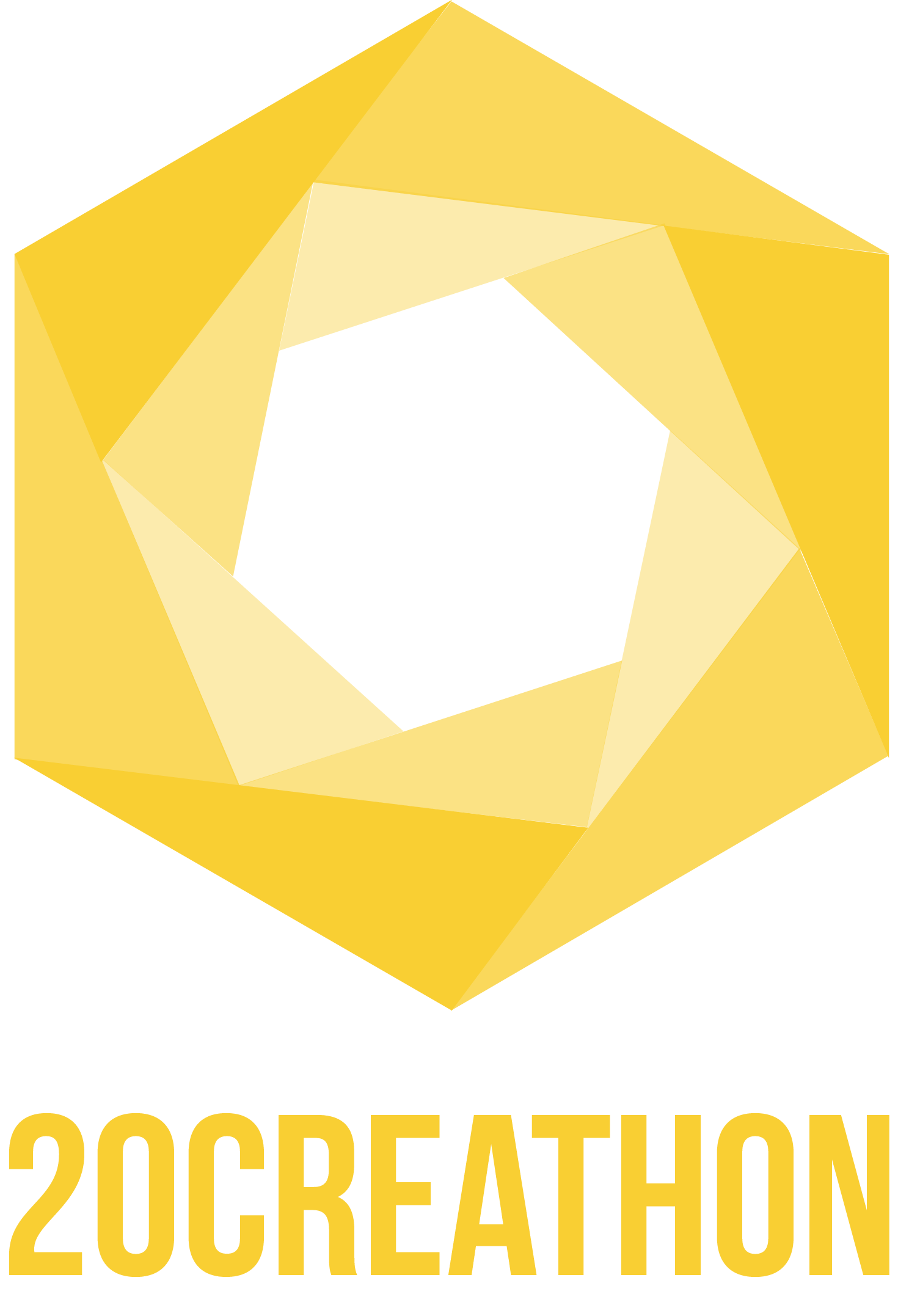




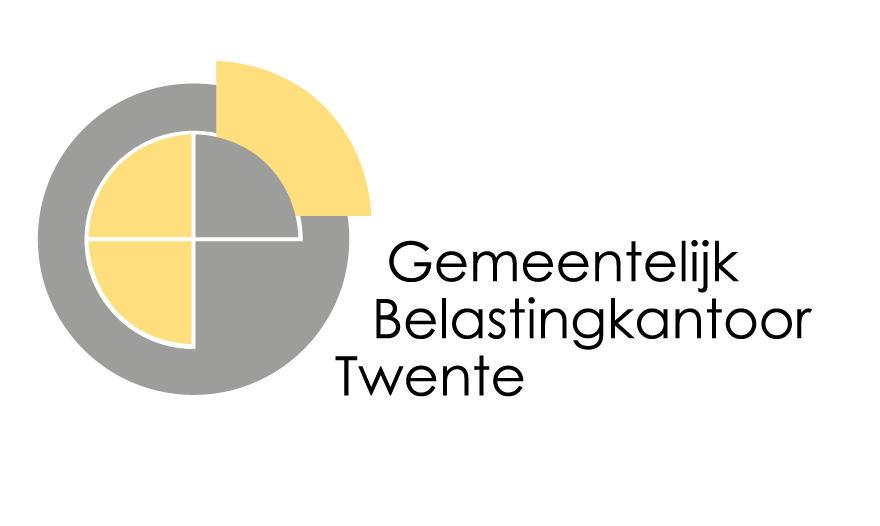
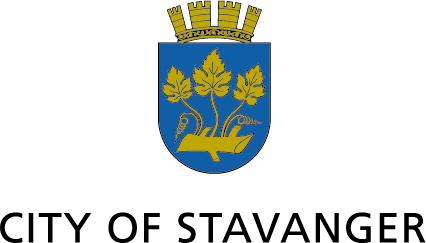

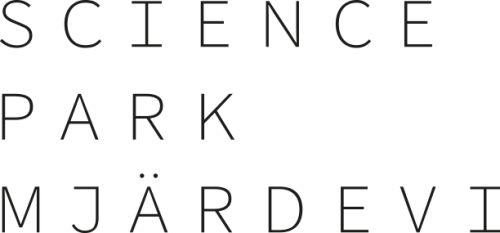
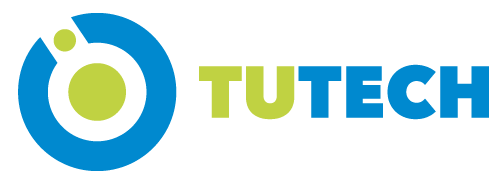
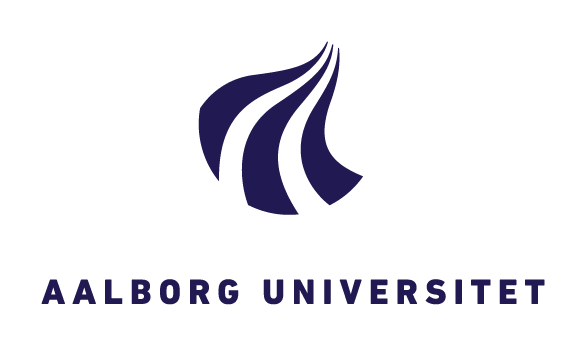
Let’s get social